German sim racing peripheral manufacturer Fanatec is 25 years old in 2022, having come to fruition way back in 1997.
While it has licencing agreements with the likes of BMW, Porsche, the World Rally Championship, NASCAR, Formula 1 and Gran Turismo, it’s taken a quarter of a century to reach the peak of its powers.
Its first ever steering wheel for gaming was the Le Mans in 1998, a year after the company first produced gaming accessories.
Fanatec’s nascent stages weren’t to do with driving, as it turns out. During that formative first year, it instead produced two joysticks – the HELLFIRE and the F-22 TWISTER – alongside a Gamecommander Multiport, that allowed you to have several PC gaming items connected at once, and the AGGRESSOR Profi Gameboard.
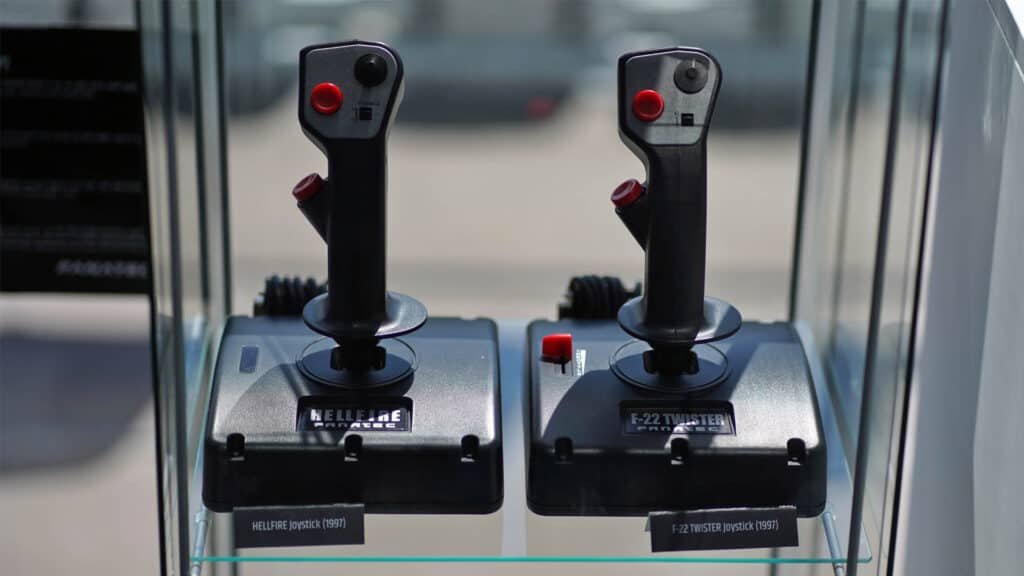
It was only a year later when Endor AG CEO Thomas Jackermeier decided to chase the likes of Mad Catz in the steering wheel market.
“The steering wheels back then were with the rubber band, and the feeling was not good at all,” explains Jackermeier during a Fanatec anniversary presentation held during the 24 Hours of Spa – the sound of GT3s cars reverberating around the sim racing arena holding the event.
“So, we said ‘okay, let’s try a metal spring.’
“When you invent a new technology, even if it’s something mechanically basic like a spring replacing a rubber band, then it’s always a new challenge to overcome.
“Back then there were a lot of cheap plastic toys. I was missing totally missing any feeling of luxury, like leather or metal. The high-end segment was actually not existing at all.”
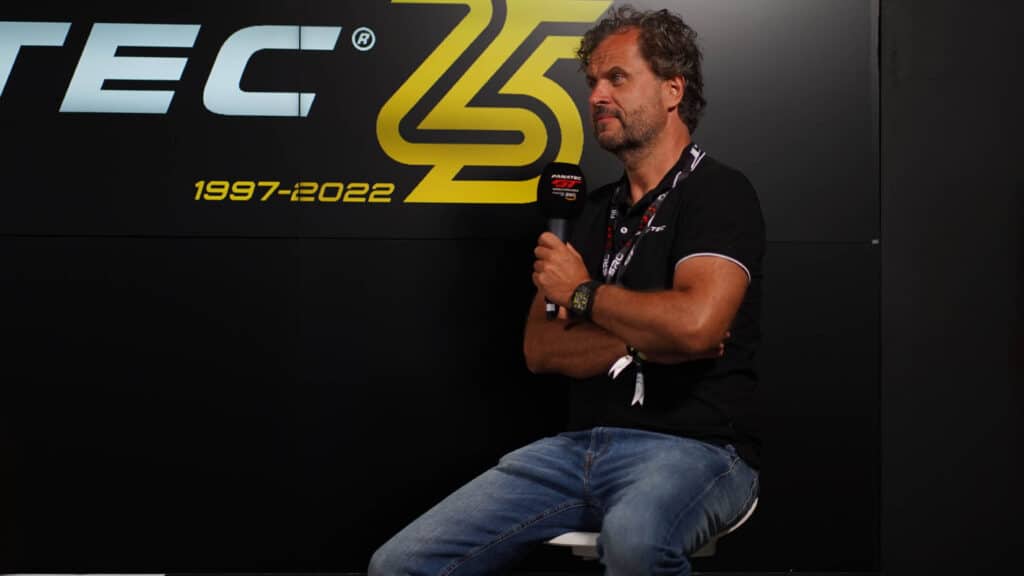
The Le Mans appeared during a time when technology was allowing driving games to become more realistic, launching in the same year as Colin McRae Rally, Gran Turismo (Europe and North America) and Grand Prix Legends.
The PC-only device was designed to be a level above existing wheels on the market, thanks to eschewing the ‘bungee-style’ bands used by contemporaries, delivering its force feedback through the aforementioned series of metal springs in combination with a steel shaft.
It wasn’t just the internals that was of a higher grade than most competitors, even now it feels like a premium item.
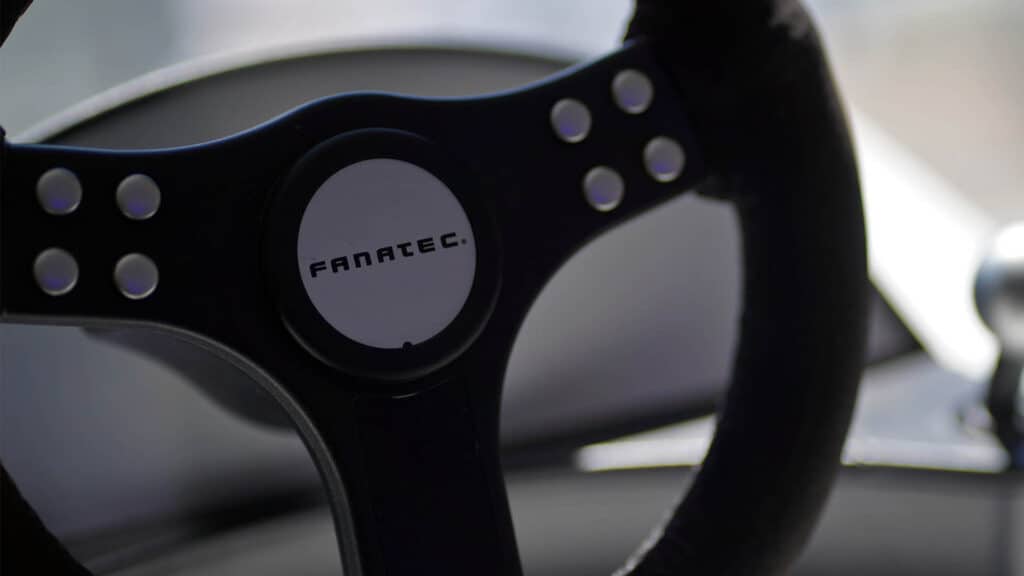
Okay, it doesn’t feature a known automotive brand stamped on the hub, there’s a lack of satisfyingly tactile paddles and rotary switches are nowhere to be found. The plastic shroud covering the internals is, well, a plastic shroud. Understandably, the pedals aren’t load cell either – Fanatec has the honour of making the first mass-market set 10 years later with the ClubSports.
But the faux-Alcantara rim material, the metal-tipped gear shifter and perfectly straight stitching belie its 24-year-old age.
“When I started this business 25 years ago, I had absolutely no idea where this would end up,” said Jackermeier.
“I think now we are just in the middle or maybe actually just in the beginning because sim racing – yes it receives the attention it deserves – but I think we’re about to lift off for the next 25 years now.”
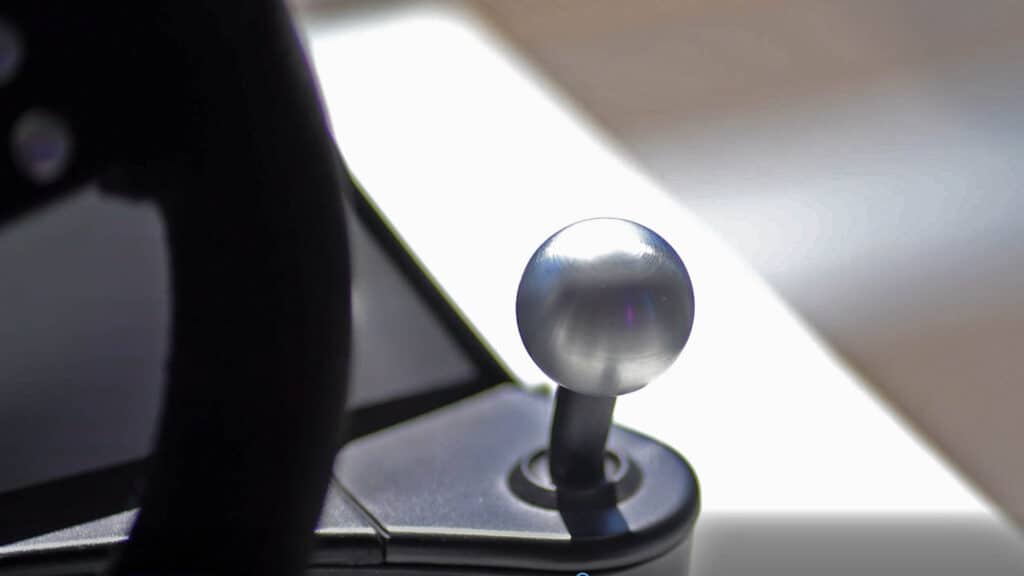
Within the same year of its first wheel and pedal set, a variant for the original PlayStation was launched called the Speedster.
This device would receive two console-focused sequels over the next seven years. There was also a ‘Le Mans Special Edition’ that featured a leather-wrapped edge and the ground-breaking technology of USB support.
Despite the company being so successful in the present day, and its first-ever wheel feeling hewn from unadulterated sim racing passion, success was far from guaranteed.
Despite the apparent impetuosity at the beginning, Jackermeier and the team managed to overcome the struggles of visiting China in the ‘90s to secure manufacturing deals, designing genre-leading sim racing products and building its reputation to the point where it is perceived as one of the best in the business.
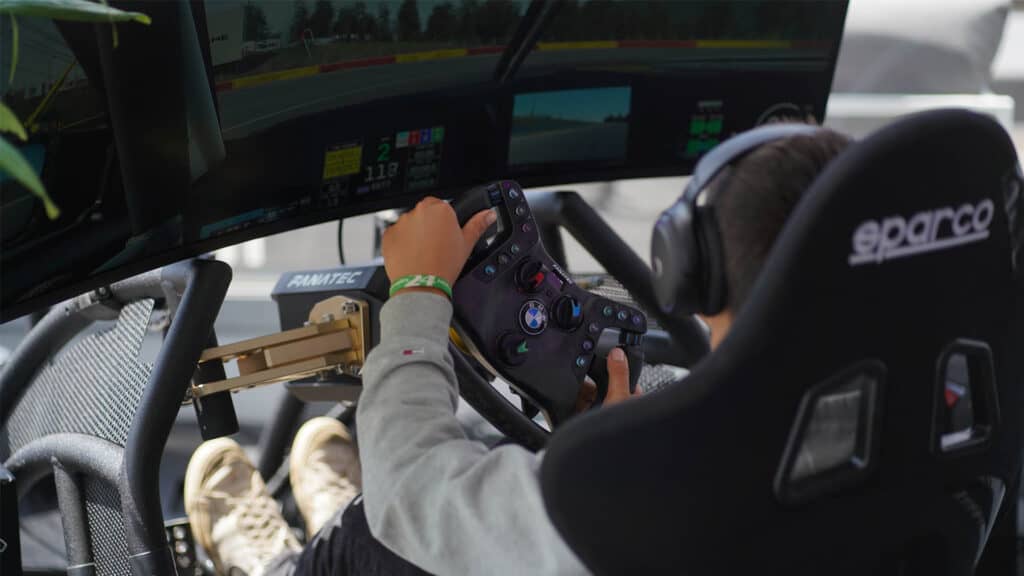
The Le Mans may seem primitive by today’s standards, but in its era, this device was ahead of the curve, helping define what we call sim racing today. Without it, there’d be no Podium DD2 wheel bases or Formula 1-branded product lines.
It was trying to bring bleeding-edge feedback to a broader market, in turn pushing the genre forwards, and in many ways, the same is true today with the company’s CSL DD and Gran Turismo DD products – helping more people experience the enlightening sensation of racing virtually through direct drive technology.
Fun fact: How the name for Fanatec’s parent company, Endor AG, came about
The name of Fanatec’s parent company, Endor AG, is a reference to the Forest Moon of Endor from the 1983 Star Wars film Return of the Jedi.
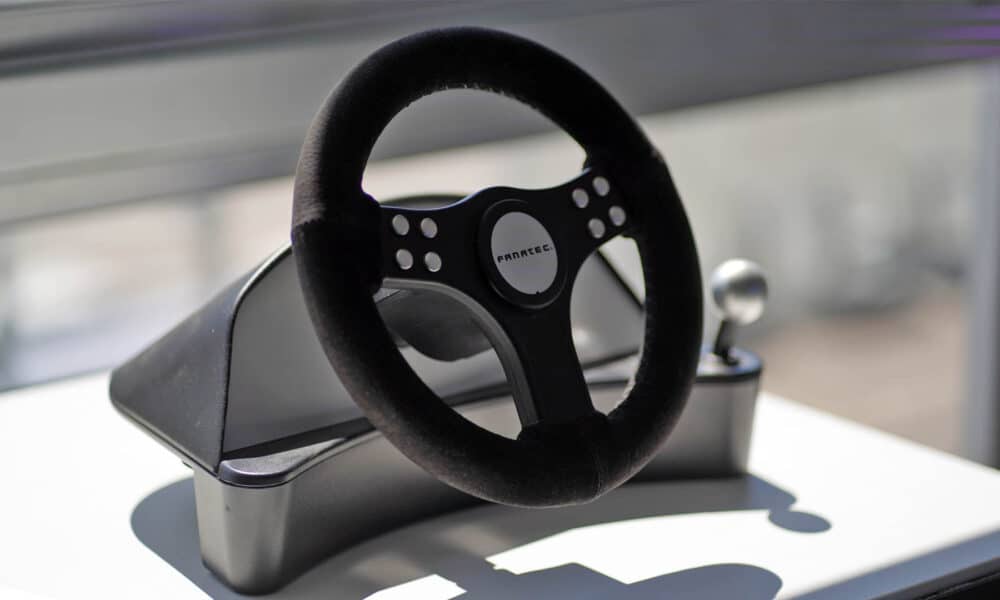



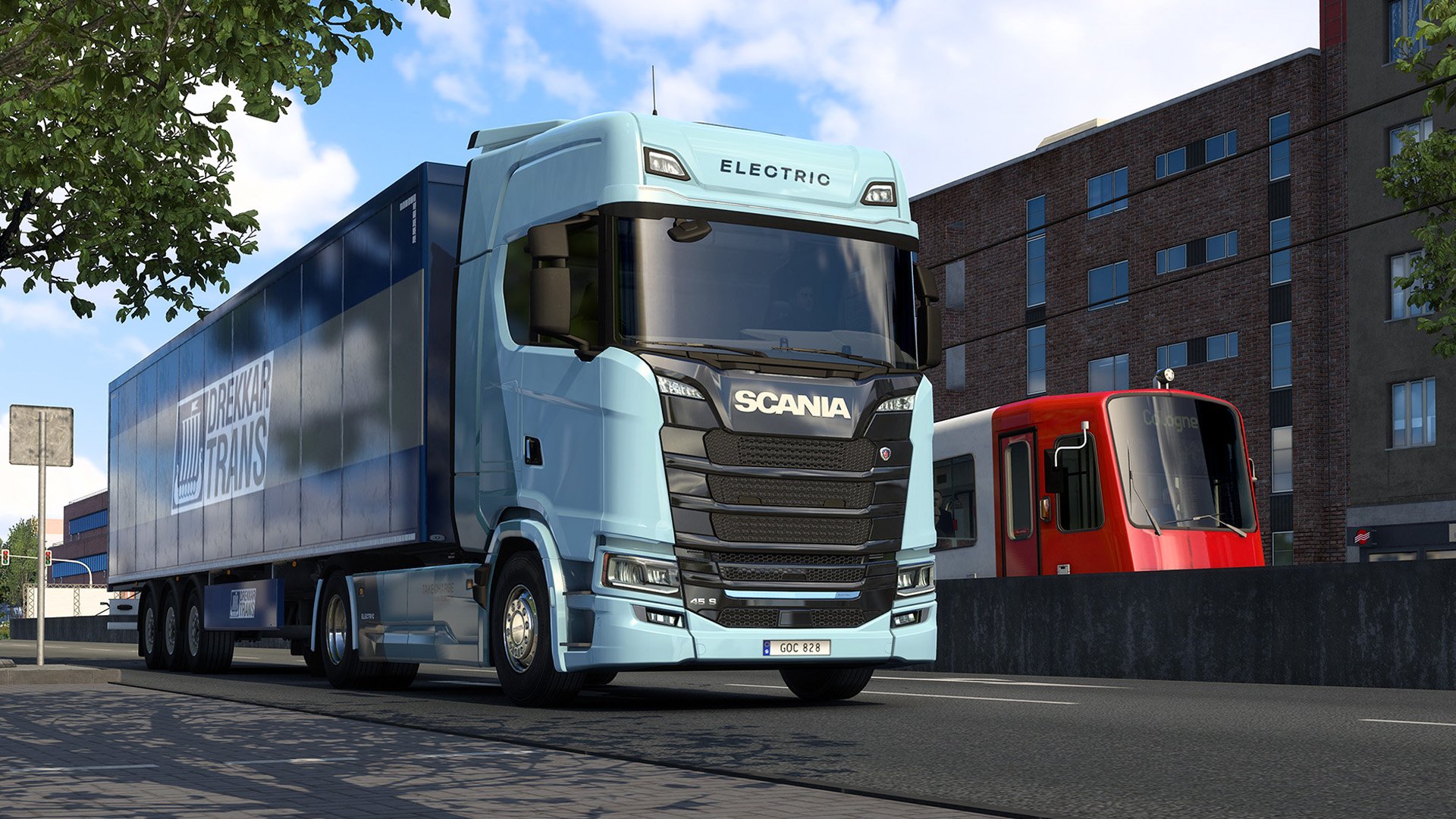
Chat with the Community
Sign Up To CommentIt's completely Free